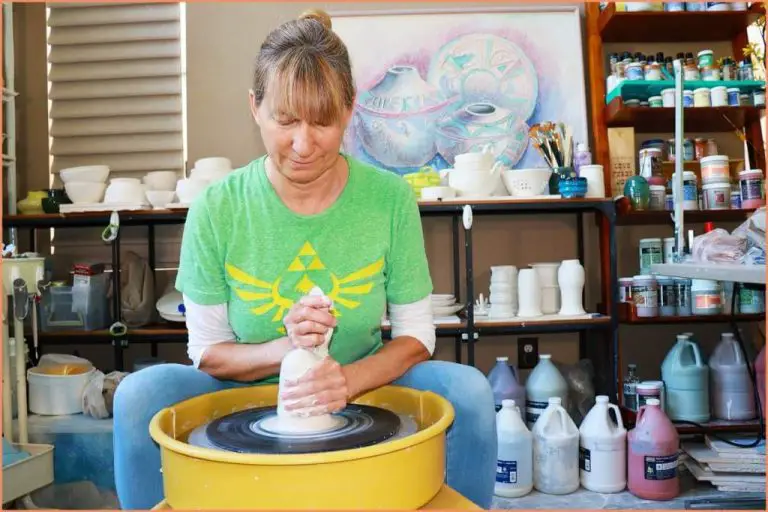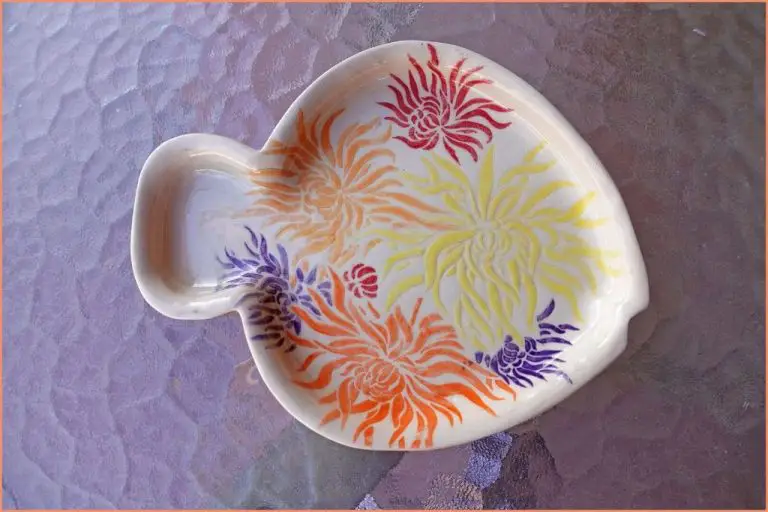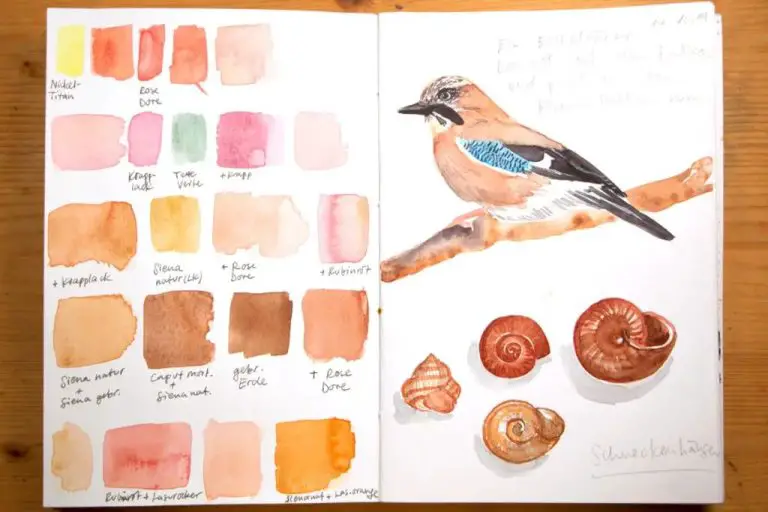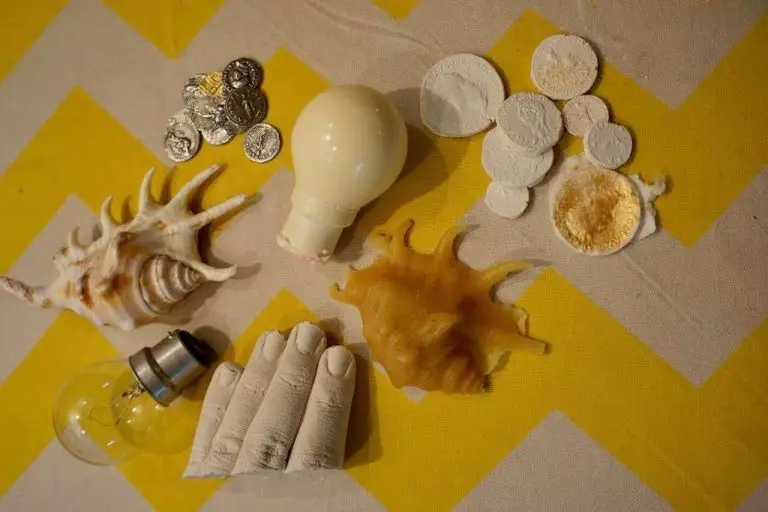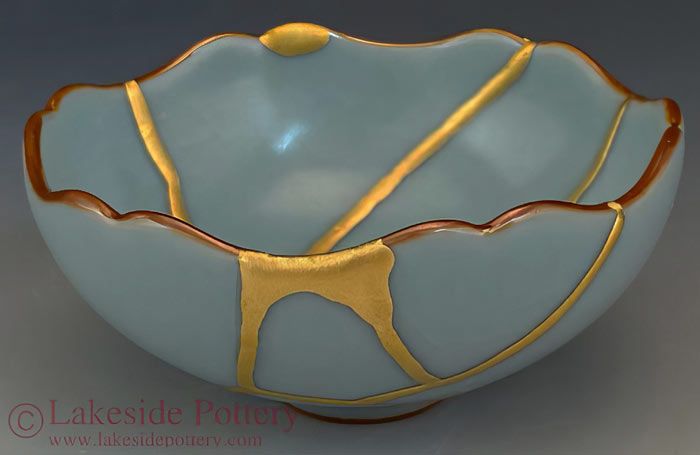What Is Sgraffito Design?
What is Sgraffito?
Sgraffito is a decorative technique that involves applying layers of contrasting colored plaster to a surface and then scratching through the top layer to reveal the color underneath. The word “sgraffito” comes from the Italian word “sgraffiare” meaning “to scratch”.
The origins of sgraffito date back centuries with examples found across Europe, Africa and Asia. Some of the earliest known sgraffito decoration has been found on Greek ceramics from around the 5th century BC. In Europe, sgraffito emerged as an architectural decoration technique in Italy during the 15th and 16th centuries. It became popular in Germany during the 16th century and was widely used on facades of homes and public buildings. England also has a long tradition of sgraffito with the technique brought over from Europe during the Tudor period.
While sgraffito likely originated independently across various regions, Italy and Germany emerged as major centers for the development and proliferation of this decorative technique. The dry climate of these regions allowed for excellent preservation of sgraffito facades over the centuries.
How is Sgraffito Created?
Sgraffito artwork is created using a layered process on a prepared surface. The surface is first covered with an initial color or plaster, then coated with a second contrasting plaster or color. Once dry, the top layer is scraped or engraved to reveal the color underneath in intricate designs and patterns.
The main materials used are:
- Plaster – Usually a lime or gypsum-based plaster is applied as the base and top layers.
- Pigments – Pigments can be added to the plaster layers to create colored backgrounds. Traditionally, earth tones like red, brown and black were commonly used.
- Tools – Metal scraping tools are used to engrave into the top layer of plaster once dry. Fine blades and styluses allow for finer details.
The process involves several key steps:
- Applying the base plaster layer and allowing to fully dry.
- Adding the second plaster layer on top with a contrasting color once the first layer has cured.
- Letting the top colored plaster layer fully dry and cure.
- Using scraping and engraving tools to scratch away sections of the top layer revealing the color underneath in intricate designs.
- Cleaning away excess material and refining details of the revealed design.
It requires patience and precision to reveal fine details in the contrasting plaster layers. The scraping tools allow the artist to scratch away specific areas to create negative space in the composition. Proper curing times for the plaster is also key for achieving clean engraved lines.
Types of Sgraffito Designs
There are several common types of sgraffito designs that have developed over the centuries. Some of the main categories include:
Figurative
Figurative sgraffito depicts representations of people, animals, or objects. This style became popular during the Renaissance, with sgraffito murals often portraying biblical, mythological, or historical scenes with human and animal figures.[1]
Floral
Floral sgraffito features intricate patterns of flowers, leaves, vines, and plants. This type originated during the medieval period and was common in Europe through the 19th century. Floral designs range from repetitive patterns to naturalistic representations of specific flowers like roses or tulips.
Geometric
Geometric sgraffito is characterized by mathematical shapes and angular patterns like grids, circles, diamonds, squares, stars, and zigzags. This bold graphic style became fashionable during the Art Deco period and remains popular in modern architecture.
Architectural
Architectural sgraffito integrates decorative elements like pilasters, columns, arches, and molding details to mimic features of classical architecture. This technique gives the illusion of texture and dimension on flat surfaces. Architectural designs were common in Renaissance-era palazzos and mansions.[2]
Notable Examples
Some of the most iconic examples of sgraffito art can be found across Europe, where the technique has been popular for centuries. In Germany, the Rathaus building in Limburg features striking black and white sgraffito designs covering the entirety of its façade. This intricate artwork was completed around 1600 CE by artists Heinrich Ruppert and Valentin Schaller and depicts scenes from ancient Greek mythology.
Many examples of sgraffito can also be seen in Italy. The Chiesa di San Zeno in Verona, originally built in the 12th century, has a beautiful two-toned sgraffito design adorning its crypt. Another remarkable example is the Palazzo Massimo Istoriato in Rome, which features elaborate mythological scenes created in sgraffito by Polidoro da Caravaggio in 1532 (Source).
In the United States, sgraffito murals were popularized as a public art form during the Works Progress Administration period in the 1930s. Renowned artists like Emil Jacques and Stow Wengenroth created monumental sgraffito works during this time, many of which still stand today in cities like New York and Philadelphia.
Cultural Significance
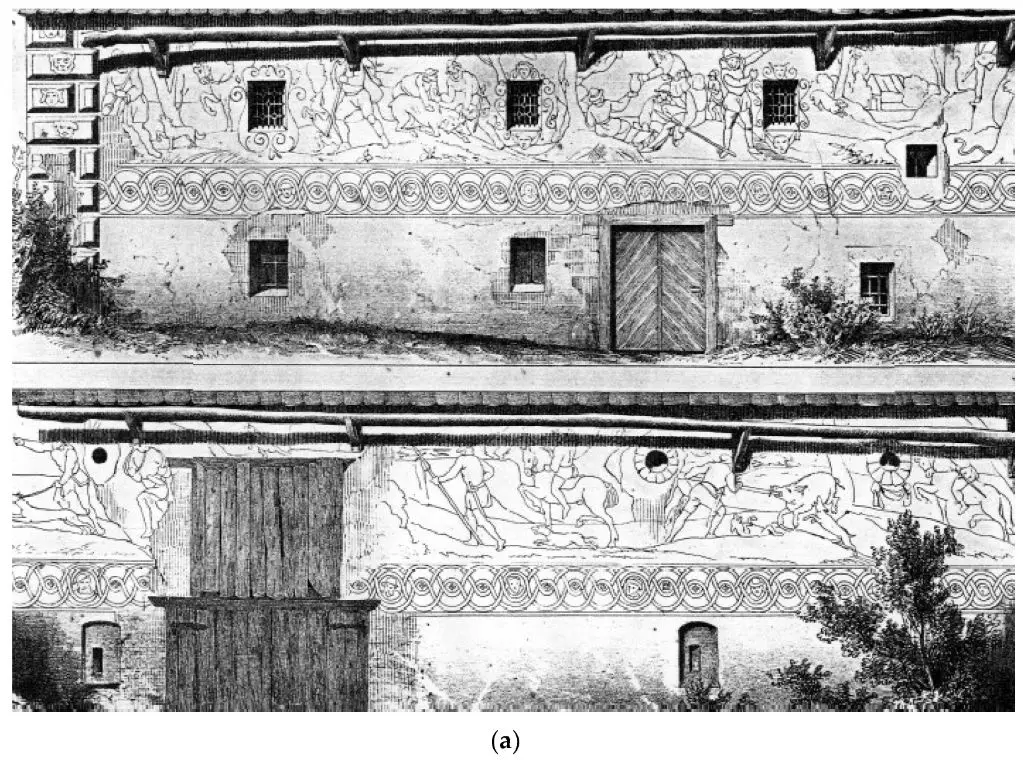
Sgraffito has long held symbolic meaning in various cultures where the technique emerged. In Renaissance Italy, sgraffito murals were a way to demonstrate civic pride, with elaborate façade decorations showcasing a city’s artistic talents. According to Encyclopedia Britannica, sgraffito became “the hallmark of Renaissance buildings.”
The technique also took on distinct local traditions. In Germany and Eastern Europe, sgraffito acquired religious significance, with biblical scenes and saints depicted on churches and homes. Intricate sgraffito decorations on Polish folk houses invoked protection and fertility. Traditional Alpine chalets featured sgraffito patterns containing regional iconography and family crests.
Beyond Europe, sgraffito emerged independently as a folk art tradition in diverse cultures. Pre-Columbian Mayans decorated temples and palaces with sgraffito designs of deities, warriors, and mythical beasts. In India, sgraffito patterns adorned village homes as auspicious symbols. The technique manifested across Islamic architecture from Turkey to North Africa. Sgraffito thus represents a versatile artform adapted to local cultures worldwide.
Modern Use in Art and Architecture
Sgraffito continues to be utilized by contemporary artists seeking new ways to apply this historic technique. Many modern artists use sgraffito on canvas in combination with painting or mixed media. The layered surfaces allow for greater dimensionality and texture.
For example, artist John Nava creates abstract sgraffito works by layering gesso and paint on canvas, then scratching into the surface to reveal colors underneath. His pieces showcase the potential for spontaneity and expressionism with sgraffito.
In architecture, sgraffito is also being used in new ways. Some modern buildings feature sgraffito concrete facades, with patterns sandblasted or etched into the exterior. The technique adds visual interest and references historical decoration.
Notable examples include the Aoyama Palace Apartments in Tokyo, designed by Le Corbusier and Kunio Maekawa in 1964. The concrete facade bears a striking modernist sgraffito mural.
Contemporary architects like Tom Kundig also incorporate sgraffito, translating this historic form into a contemporary context and showing its ongoing applicability.
How to Make Your Own Sgraffito
Making your own sgraffito art at home is a fun and creative way to try this decorative technique. Here are some recommended materials, step-by-step instructions, and tips for getting started:
Recommended materials:
- Clay slab or bisqueware
- Underglazes in various colors
- Carving tools like bamboo skewers, toothpicks, or clay tools
- A surface to carve on like a canvas pad or foam sheet
Step-by-step instructions:
- Apply 2-3 layers of different colored underglazes to the clay slab or bisqueware. Let dry between layers.
- Once dry, use the carving tools to scratch through the top layers of underglaze to reveal the colors underneath. Consider sketching a design first for guidance.
- Carve simple shapes, patterns, images, or textures into the surface. Apply varying levels of pressure for detailed effects.
- Allow your finished sgraffito piece to fully dry before continuing to paint, glaze, or fire as desired.
Tips and tricks:
- Try sgraffito on curved surfaces like bowls, mugs, or vases for added dimension.
- Use slip trailing to divide sections before applying colored underglazes.
- Experiment with carving through different thicknesses of underglaze.
- Consider enhacing your sgraffito with touches of glaze or glaze accents.
With some creativity and practice, you can create beautiful sgraffito designs for decorative objects, wall art, or jewelry pieces right at home. Remember to have fun with the process and don’t worry about mistakes!
Notable Sgraffito Art Collections
Some of the best public collections of sgraffito art can be found in major museums and galleries around the world. The Metropolitan Museum of Art in New York City has an excellent collection of Renaissance sgraffito pieces, including beautiful polychrome examples from Italy. The Louvre in Paris also houses exquisite sgraffito works, such as 16th century platters from France decorated in black and red.
The Museum of Fine Arts in Boston has a wide range of historic sgraffito objects on display, from Ancient Greek ceramics to colonial Mexican façades. The Victoria and Albert Museum in London curates English sgraffito pieces spanning five centuries, including mural fragments from the Westminster Palace. Some standout examples are also held by the Rijksmuseum in Amsterdam, featuring delicate Dutch sgraffito wares.
Smaller galleries, like the Museum of International Ceramics in Faenza, Italy and the Gardiner Museum in Toronto, contain choice regional sgraffito collections. Overall, a global tour of major museums offers an enlightening overview of sgraffito art through the ages.
Similar Decorative Techniques
Sgraffito shares similarities with other decorative techniques that involve layering and revealing colors or materials. Some of the major techniques comparable to sgraffito include:
Fresco
Like sgraffito, fresco also involves applying layers of plaster and color. However, instead of scratching away a top layer, the pigments in fresco are painted directly into the wet plaster so they bond with it as it dries [1]. This allows the colors to remain vibrant for centuries. Fresco was popularized in the Renaissance and Baroque eras.
Engraving
Engraving involves carving lines and patterns into a surface using a sharp tool. This is similar to the scratching or etching done in sgraffito. However, engraving is often done on harder surfaces like metal, bone, stone, or glass rather than plaster [2].
Mosaic
Like sgraffito, mosaic art also reveals layers of color through the removal of surface materials. However, instead of scratching plaster, small tiles or glass fragments are carefully arranged and set into mortar or plaster to form an image. Intricate mosaics were popular in ancient Roman and Byzantine art [3].
The Future of Sgraffito
Sgraffito artworks represent an important part of our cultural heritage, with examples found on buildings and artifacts dating back centuries. As such, preservation efforts are critical to maintain these historic designs for future generations. Organizations like the National Trust for Historic Preservation work to protect and restore sgraffito murals and facades on historic buildings and sites (https://savingplaces.org/stories/preserving-pa-sgraffito#.Y8NgyS8RpQI).
While preservation maintains their legacy, sgraffito techniques also continue to evolve and take on new forms in contemporary art. Artists are using modern tools and approaches like laser etching, 3D printing, computer design, and new materials to create inventive sgraffito works. There is great potential for innovation as technology enables more intricate patterns and flexible surfaces. Interactive and kinetic sgraffito art could also emerge to engage audiences in new ways.
Sgraffito endures as an artistic tradition because of its adaptability, simplicity of process, and striking visual results. As long as artists keep experimenting with scratching and revealing layers, sgraffito will continue evolving and finding new means of expression.

